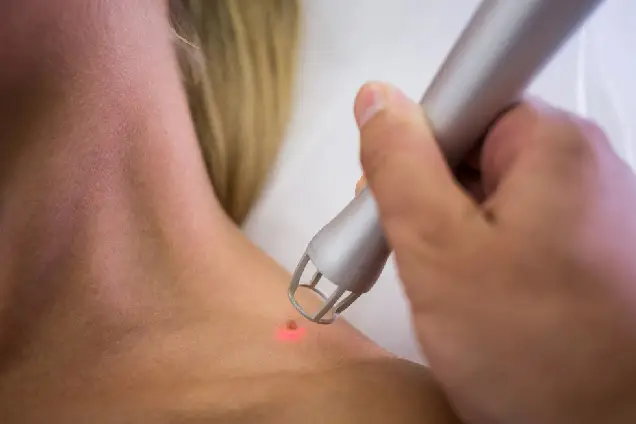
We dermatologists use radiofrequency ablation (RFA) primarily for the treatment of skin lesions, cosmetic skin tightening, and scar management. The procedure utilizes radio frequency energy from electric current , to generate heat, which targets and destroys specific skin tissues thereby, promoting healing and regeneration.
How is it done?
In conclusion, RFA is a versatile and effective option for managing various skin concerns with minimal risks and downtime. It’s best performed by a dermatologist or trained skincare professional with experience in radiofrequency techniques.